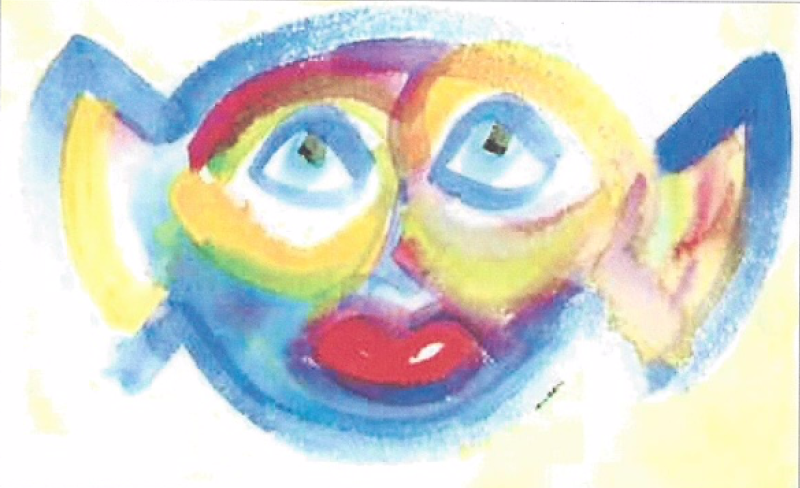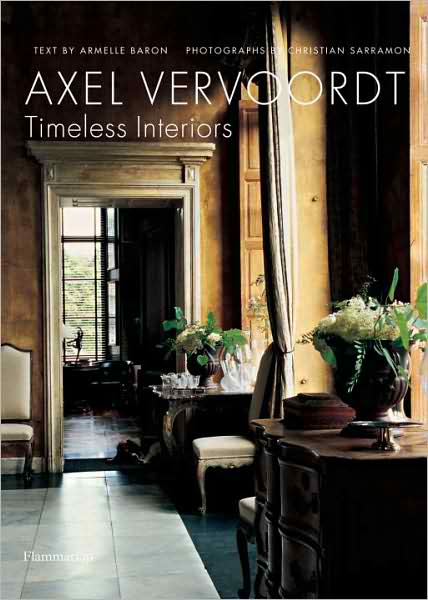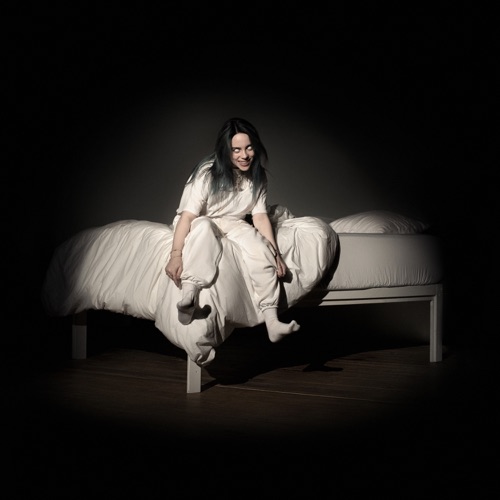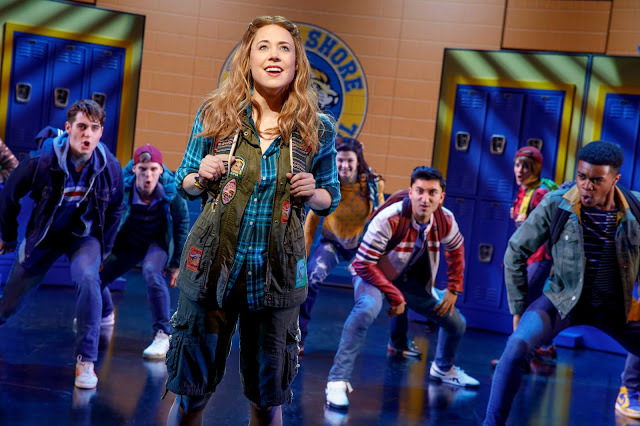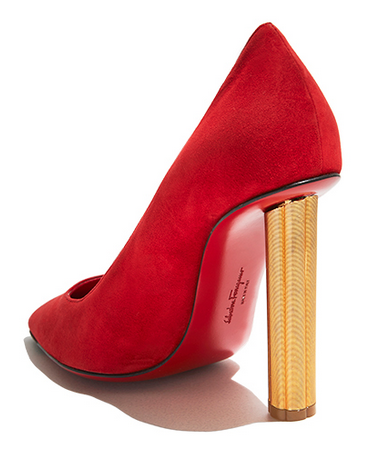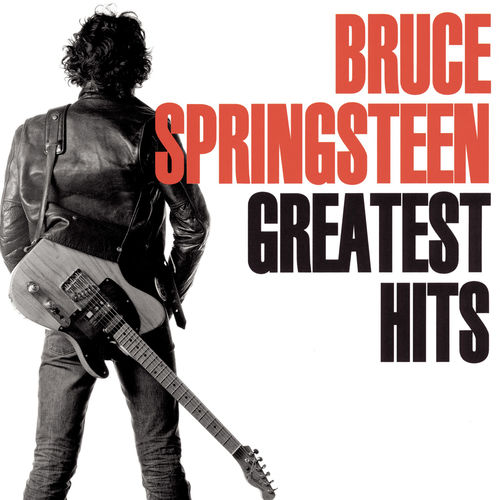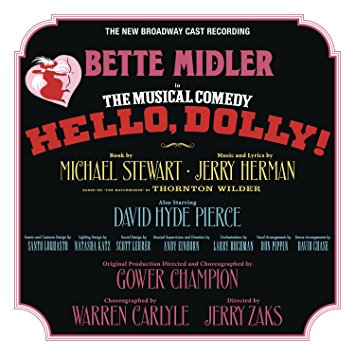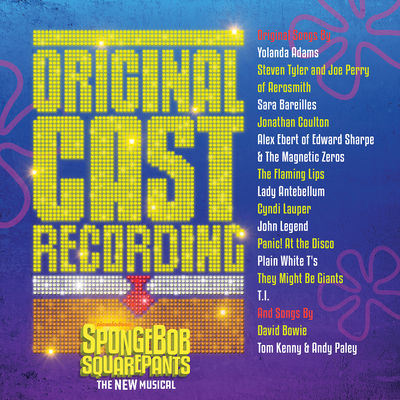'FIDDLER ON THE ROOF IN YIDDISH' IS SENSATIONAL
 Friday, March 1, 2019 at 9:29AM
Friday, March 1, 2019 at 9:29AM 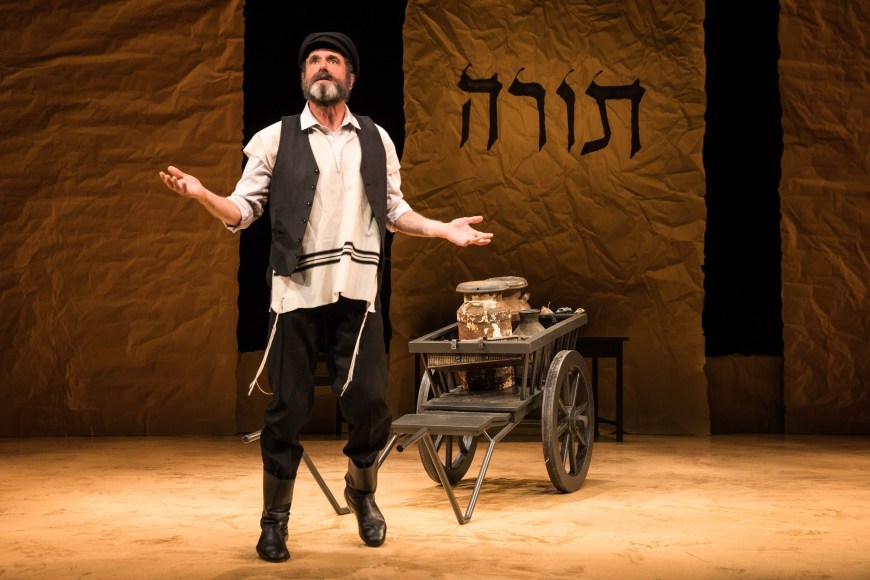 Steven Skybell
Steven Skybell
HENRY EDWARDS - New York - March 4, 2019
Too Jewish?
Investors, particularly Jewish investors, feared “Fiddler on the Roof” would be “too ethnic” (meaning “too Jewish”) to succeed on Broadway.
Previous (and later) Broadway shows with Jewish themes had been at best modestly successful, and “Fiddler” envisioned an entirely Jewish world without a single gentile character with whom the audience could relate.
The musical would also be the first work of American popular culture that evoked the precarious state of life for Jews in a turn-of-the century shtetl, one of the small villages in which Jews lived for centuries in Eastern Europe before the Holocaust. A pogrom brought the first act to a conclusion; the show ended with the eviction of the Jews from their homes.
Composer Jerry Bock, lyricist Sheldon Harnick, librettist Joseph Stein and director-choreographer Jerome Robbins based their show on three of Sholem Aleichem’s stories about Tevye, a pious and poor Jewish milkman, his unimpressed wife Golda, his five unmarried daughters and other residents in the village of Anatevka in 1905 Tsarist Russia.
Sholem Aleichem ("peace be with you" in Hebrew) was the pen name of the "Jewish Mark Twain," Solomon Naumovich Rabinovich.
Aleichem was born in the Ukraine in 1859, wrote in Yiddish, and was an impassioned advocate of Yiddish as a national Jewish language.
Tapping into the energies of the East European, spoken-Yiddish idiom, the writer was famous for his creation of modern Jewish archetypes, myths, and fables of unequaled imaginative potency and universal appeal.
The original “Fiddler” faced daunting odds, but miracle of miracles, the show was an instant blockbuster success.
Too Jewish? Dairyman Tevye But timeless, ubiquitous themes pervaded the musical and its treatment of generational conflicts, changing traditions, love, family and friendship spoke unhesitatingly to every age group and culture.
The original production nin Tony Awards and ran for nearly a decade, exceeding 3,000 performances for the first time in Broadway history,
“Fiddler” has since undergone five Broadway revivals (1976, 1981, 1990, 2004, 2015) and a highly successful 1971 film adaptation. It is the seventh most frequently produced musical in American high schools.
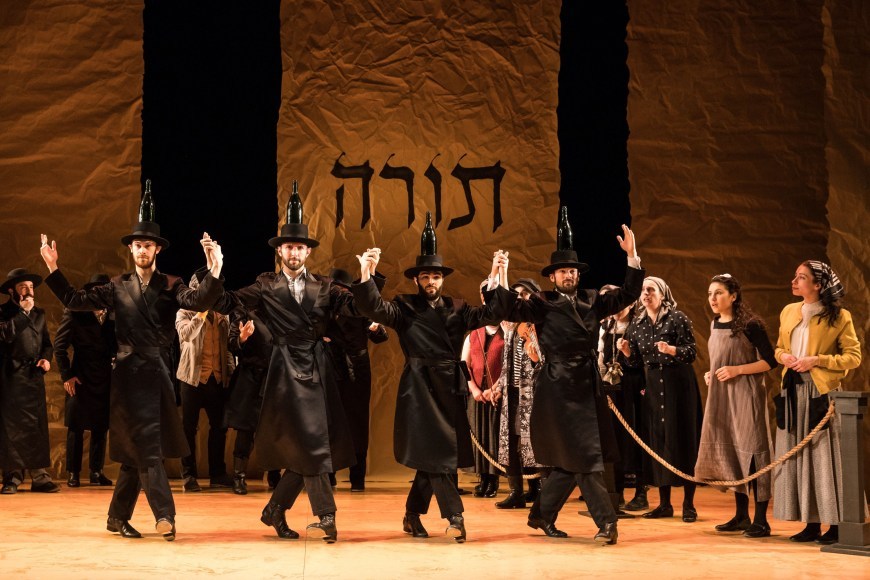 Bottle Dancers
Bottle Dancers
After five months at the Museum of Jewish Heritage, where its run was extended four times, the National Yiddish Folksbiene Theater’s heart wrenching production of “Fiddler on the Roof,” performed in Yiddish, has moved uptown to Stage 42, with a run originally scheduled through June 30 (and now extended to September 1).
Spanning the quarter century from 1943 to 1968, the Golden Age of the American musical produced a number of beloved and enduring efforts. Of them, “Fiddler” (1964), is often considered the most internationally beloved, emotionally universal and instantly iconic.
Ostensibly breaking every rule in the 1964 rulebook for Broadway musicals, Jerry Bock (music), Sheldon Harnick (lyrics), Joseph Stein (book) and Jerome Robbins (direction and choreography), created an entirely Jewish world without a single gentile character with whom the audience could relate. “Fiddler” stands as the first work of American popular culture to recall life in a shtetl — the Eastern European market towns with large Jewish populations.
“Fiddler" is the first musical in history to surpass 3,000 performances and it held the record for the longest-running Broadway musical for almost 10 years. It remains the seventeenth longest-running show in Broadway history, winning nine Tony Awards, including Best Musical, score, book, direction and choreography.
“Fiddler” has since undergone five Broadway revivals (1976, 1981, 1990, 2004, 2015) and a highly successful 1971 film adaptation. It is the seventh most frequently produced musical in American high schools.
In 1966, a year after the musical’s Broadway debut, Israeli actor-director Shraga Friedman created a Yiddish translation for a production in Tel Aviv.
Sixty-two years later, in 2008, the National Yiddish Theatre Folksbiene, the longest continuously producing Yiddish theatre company in the world, mounted a production of Friedman’s long ignored translation at the Museum of Jewish Heritage, directed by Joel Grey. It was glorious – so glorious that it was extended four times, triggering a decision to present the show at Off Broadway’s Stage 42 in 2009.
More than a half-century after “Fiddler” visited the Great White Way the first time, the musical could currently be the most internationally beloved, emotionally universal and instantly iconic of the musical theatre’s beloved and enduring classics.
Unlike the Broadway editions, Joel Grey’s heart rending, bare-bones production transforms the legendary show into a poignant musical version of very well could have been a mythic tale by Sholem Alecheim that revealed certain human truths whem a culture in flux and people simultaneously hold on to and let go of tradition.
Boris Aronson, one of the greatest and most prolific theater artists of the 20th century, created the original set designs. Aronson turned to the palette of Marc Chagall’s paintings to give the show Chagall’s and “simple-naïve-buoyant-primitive-childlike-charming-delightful look.”
The title of the musical was based on Chagall’s 1912 painting, “The Fiddler,” which depicts a fiddler on a rooftop against the background of a town resembling Chagall’s childhood shtetl, Vitebsk.
There is nothing decorative or 'big Broadway musical" about Beowulf Boritt's "empty stage" approach. His spare design consists of a handful of chairs and enormous hanging paper sheets that that look like unrolled scrolls. The center sheet bears a single word, “Torah,” written in big black Hebrew characters.
Surtitles in English and Russian are projected on the two screens on either side of the stage.
The use of Yiddish turns out to be astonishingly effective. Yiddish is Tevye’s presumed language and the language of Aleichem’s Tevye stories, and the Yiddish dialogue and lyrics characters would have used in real life and use her mbue the production with a remarkable degree of authenticity that is as cheering as it is accurate. Never as “Fiddler” as believable, and hearing pour the mouths of these particular Russia-Jewish characters ups the emotional stakes considerably.
Original director and choreographer Jerome Robbins, whom many credit as the genius behind the show, insisted that the actor who portrayed Tevye combine the magnetism and virtuosity that make a Broadway star. Robbin's Tevye had to be lovable all times and generate mega-doses of empathy and awe.
The actors who best satisfied Robbins’s larger than life approach include the first Tevye, the great Zero Mostel, Topol in the movie version and Danny Burstein in the 2016 Broadway revival.
Herschel Bernardi, Theodore Bikel, Leonard Nimoy, Luther Adler, Harvey Fierstein and Alfred Molina have also hitched Tevye’s milk wagon to their backs.
Unlike his predecessors, Joel Grey’s Tevye, Steven Skybell, delivers a superb characterization that is deliberately life-sized.
Skybell is a gifted character actor who can also be very funny. And he is exceptionally likeable as a complex and modest man living through difficult, changing times. His Teyve feels like he understands and, to a certain extent, is in control of his world, while it stands at the precipice of tumult, and he takes the audience along with him as he slowly but surely feels the earth shifting beneath his feet.
Aleichem punctuated his Tevye stories with the dairyman’s monologues with God. Skybell’s monologues exude authenticity, good humor and respectful informality.
Seemingly constantly caught between opposing forces, he weighs the pros and cons of every dilemma, Clutched in the warm embrace of the traditions he so cherishes, he was also taught, or at least learned, to think for himself. And that ever-jostling thought process often leads him to positions that seem antithetical to his upbringing, yielding often surprisingly progressive decisions based on his desire to guaranteed his family’s happiness and the fact that it’s “the new world.”
Lauren Jeanne Thomas and Steven Skybell
Three daughters violate tradition: oldest daughter Tsaytl (Rachel Zatcoff) defies Yente the matchmaker (Jackie Hoffman), in order to wed her true love, the poor and not tall tailor Motl Kamzoyl (Ben Liebert), instead of the rich and much older butcher Leyzer-Volf (Bruce Sabath). Tevye not only bends to her will to ignore the matchmaker tradition. but sets to trick his wife, Golde (Jennifer Babiak), into agreement, going so far as to fake a dream revolving around a visit from the grave by Golde’s vengeful, eight-foot-tall grandmother, Frume-Sore (Jodi Snyder).
When second daughter, Hodl (Stephanie Lynne Mason) falls in love with Perchik (Drew Seigla), a penniless radical from Kiev who winds up jailed in Siberia, Tevye bends again and blesses their marriage.
But when third daughter, Khave (Rosie Jo Neddy), announces her engagement to Russian Orthodox Christian soldier Fyedka (Cameron Johnson), Tevye violently abandons his progressive stances, banishes Khave from the family and declares her dead. His rage startles and petrifies.
Joel Grey’s direction is a model of precision. Every gesture is the perfect gesture. The tone of every moment is the correct tone. He instills particular warmth to the scene involving Tzeitel and Motel that includes the joyful and daringly exacting Bottle Dance, one of Broadway's most iconic dance moments whose exacting maneuvers never fail to thrill.
Choreographer Staś Kmieć retains some of Jerome Robbins's classic moves - the bottle dance is one of them - but his work exudes a wild energy all its own, and his staging of "To Life” and "The Dream" is stunning.
A small-scale pogrom by the town’s Russian cohabitants – they speak Russian in the midst of the Yiddish-speaking wedding party and elicit gasps when they rip the Torah signage in half - concludes the first act.
Zalmen Mlotek conducts a spirited 13 piece orchestra and the company gives Bock and Harnick’s 15 timeless songs the love and vibrant musicality they deserve.
“Fiddler” moves its inexorable conclusion when Czar Nicholas II orders every Jew to leave Russia on three days’ notice. Somehow the company has transformed a bare stage into a place of life, difficult as it has been, of home, of “heartland” in the original sense of the term. There is no way you will not cry as the entire town is being expelled from their homes, effectively dividing and ending the community.
Grey stages the diaspora of simply and thankfully with a lack of sentimentality. As Tevye leads his family out of the shtetl and eventually to America, “Fiddler” strikes a final note of tragic poignancy.
Great musical theater hould move us; we should see ourselves in the singing-and-dancing storytellers on stage; we should delight in the risk inherent to live performance; we should revel in the irony of feeling nostalgic for something we are experiencing for the very first time.
“Fiddler on the Roof in Yiddish” endows a great musical with an unexpected and very special layer of additional greatness.
 Company
Company

